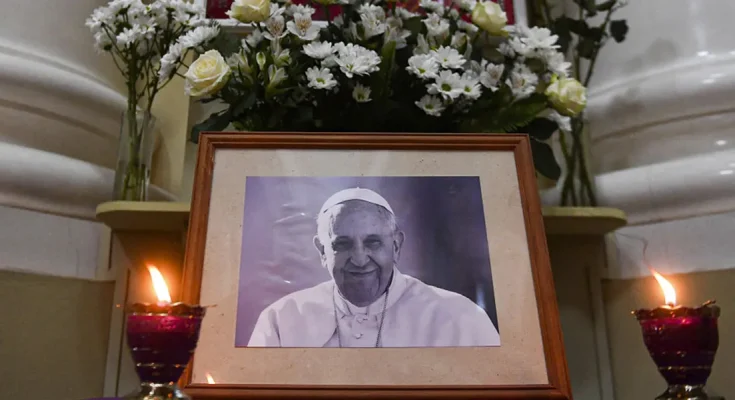Less than 24 hours after the Pope’s sudden death shocked the world, the Vatican has confirmed new details. Grieving Catholics have also filled St. Peter’s Square, looking at the same balcony he had waved from just the day before.
The Vatican has released the official report on Pope Francis’ passing, confirming the cause of death as a cerebral stroke that led to a coma and what was described as “irreversible cardiocirculatory collapse.”

Following the news of the Pope’s death, St. Peter’s Square filled with emotion. Pilgrims stood in silence, held rosaries, and recited prayers in honor of the late Pope.
One mourner wrapped themselves in an Argentine flag — a tribute to Pope Francis’ roots. Others looked up at the now-empty balcony, where he had blessed the crowd just the day before. “I am sad,” said Brigitte Thalhammer, one of many reflecting on the weight of the moment. “He was very, very important.”

After the rosary concluded, spontaneous applause rippled through the square — a final gesture of gratitude for the 88-year-old pontiff who had shaped a decade of the Catholic Church’s history.
Pope Francis’ death came after months of health complications that had raised global concern. He had been admitted to Rome’s Gemelli Hospital on February 14, 2025, for treatment of pneumonia in both lungs.
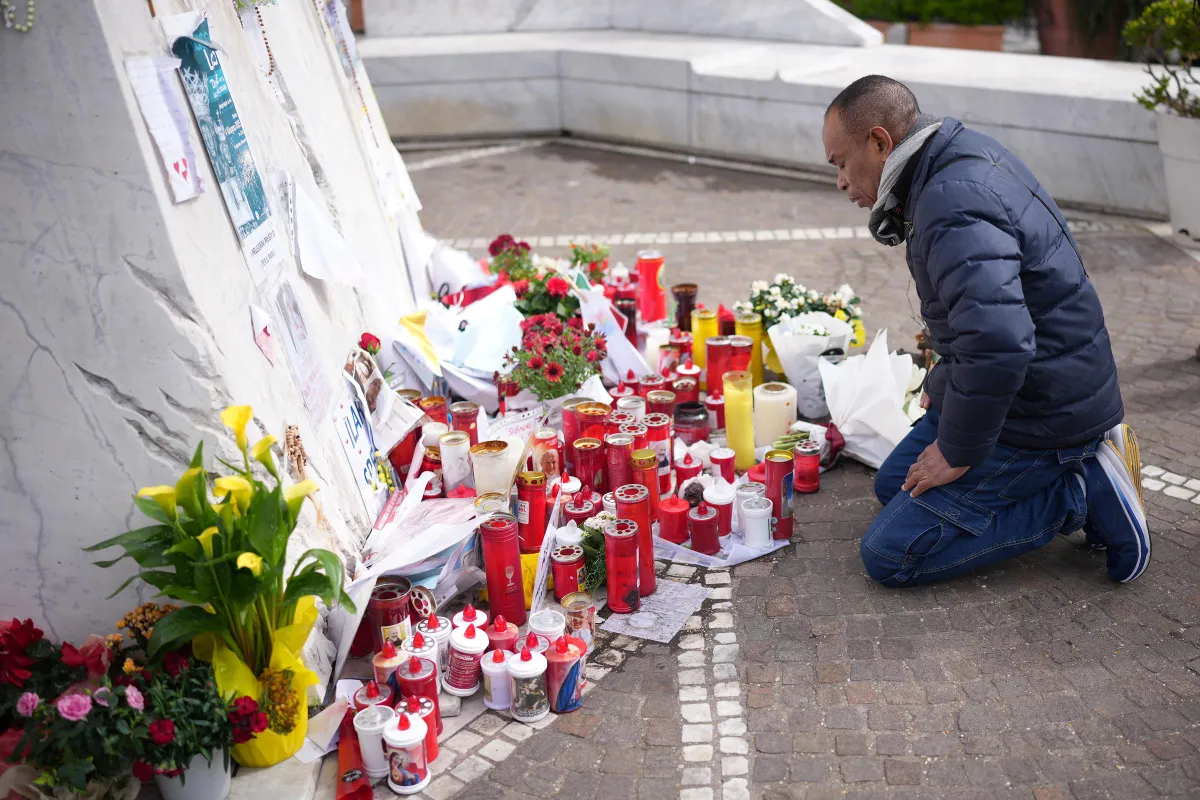
According to medical reports at the time, he alternated between high-flow oxygen during the day and non-invasive mechanical ventilation at night.
Despite his condition, he continued spiritual duties from his hospital room, following the Roman Curia’s Spiritual Exercises via video and even celebrating the 12th anniversary of his election with a cake brought in by his medical team.

The Vatican described his status as clinically stable within a complex framework. By late March, after two weeks of noted progress, doctors said Francis would be discharged following a 38-day stay that had twice placed his life at risk.
Though he would require two months of rest and was discouraged from large meetings, his personal physicians were optimistic that he could fully resume activities in time. His release was officially confirmed for March 23. That day, he returned to the Vatican to convalesce at Casa Santa Marta.
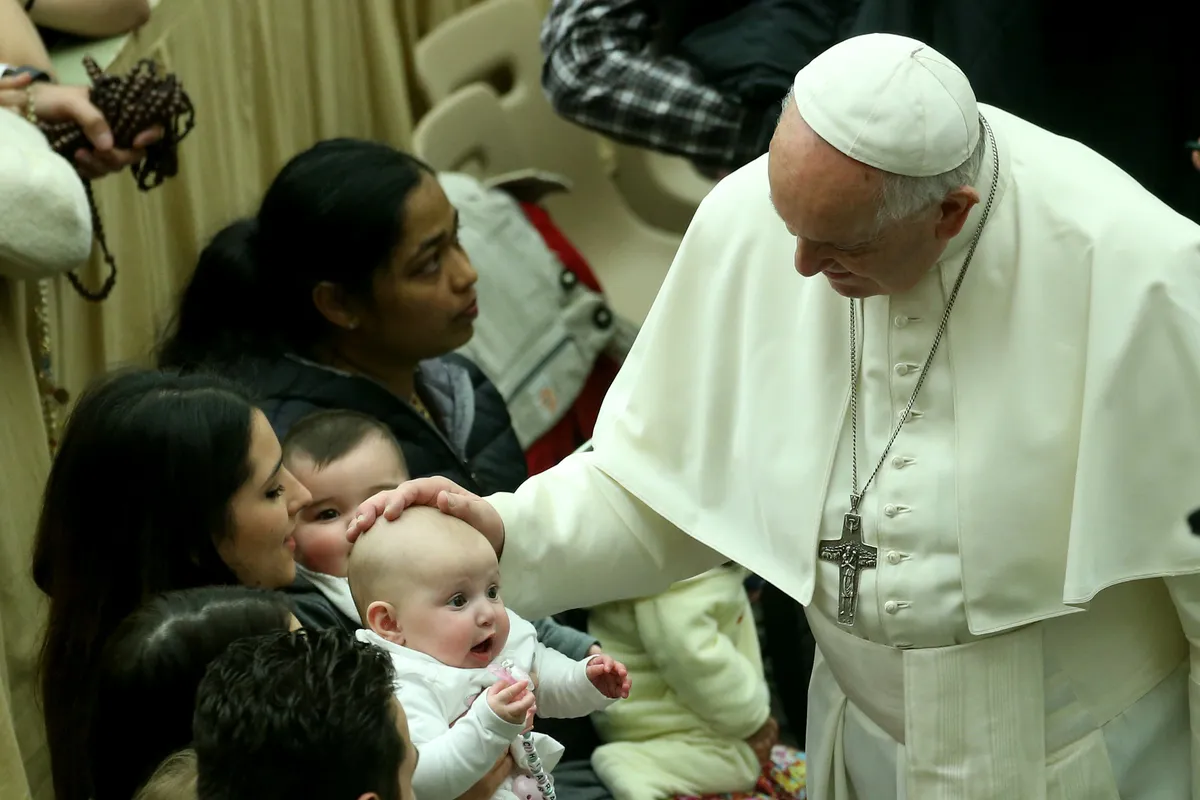
Then, on Easter Sunday, April 20, Pope Francis appeared before the public one final time. He blessed thousands from the balcony of St. Peter’s Basilica after delegating the day’s Mass to Cardinal Angelo Comastri.
Hours later, the world would learn the moment was his farewell. On the morning of April 21, the Vatican confirmed Pope Francis had passed away at 7:35 a.m. in his residence.
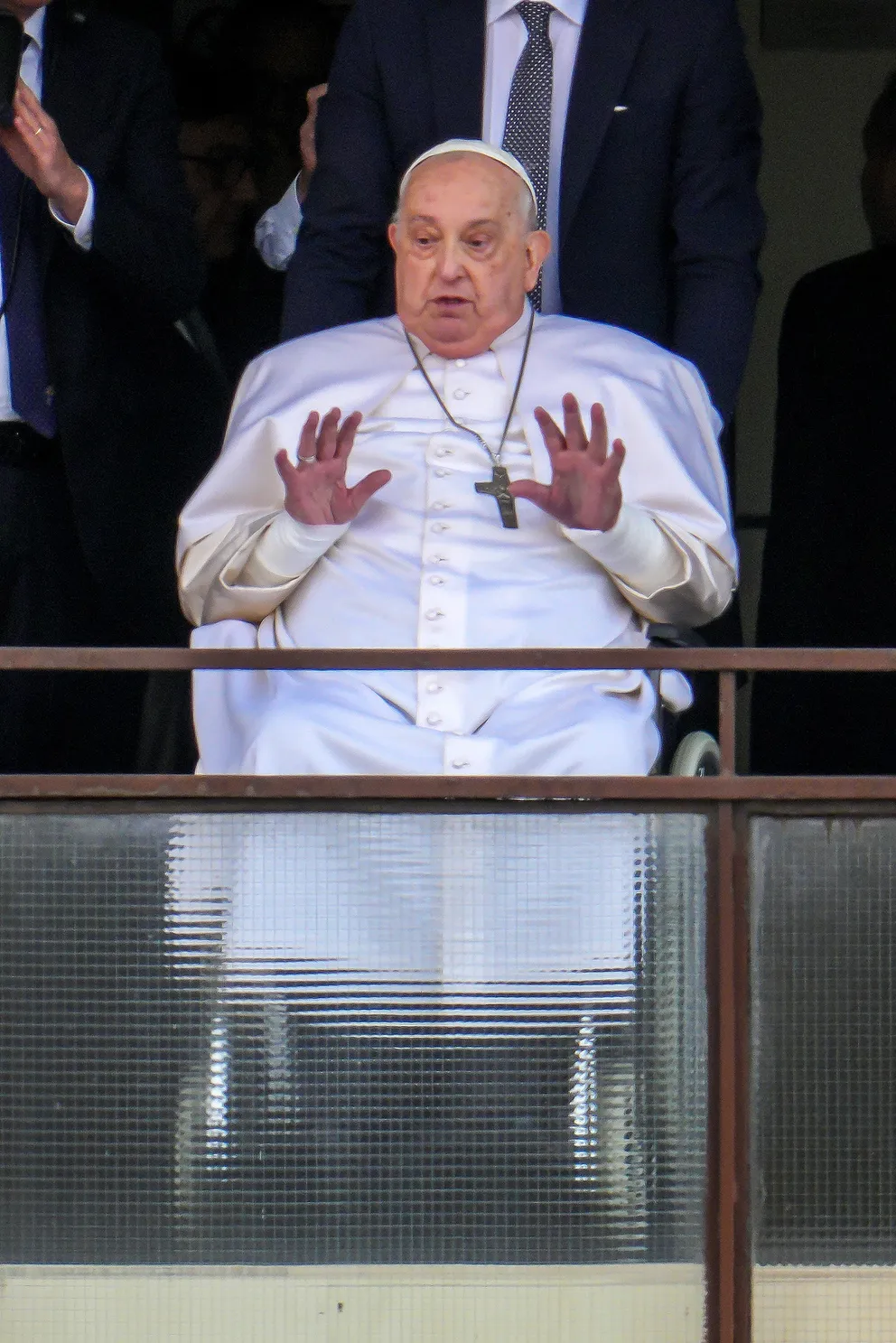
At 9:45 a.m., Cardinal Kevin Farrell formally announced the news from Casa Santa Marta, expressing sorrow and gratitude. “His entire life was dedicated to the service of the Lord and of His Church,” he said. “He taught us to live the values of the Gospel with fidelity, courage, and universal love.”
According to the Holy See Press Office, the Pope’s body will be transferred to St. Peter’s Basilica on April 23 so the faithful may pay their respects. That plan was expected to be finalized following the first General Congregation of Cardinals on Tuesday morning.
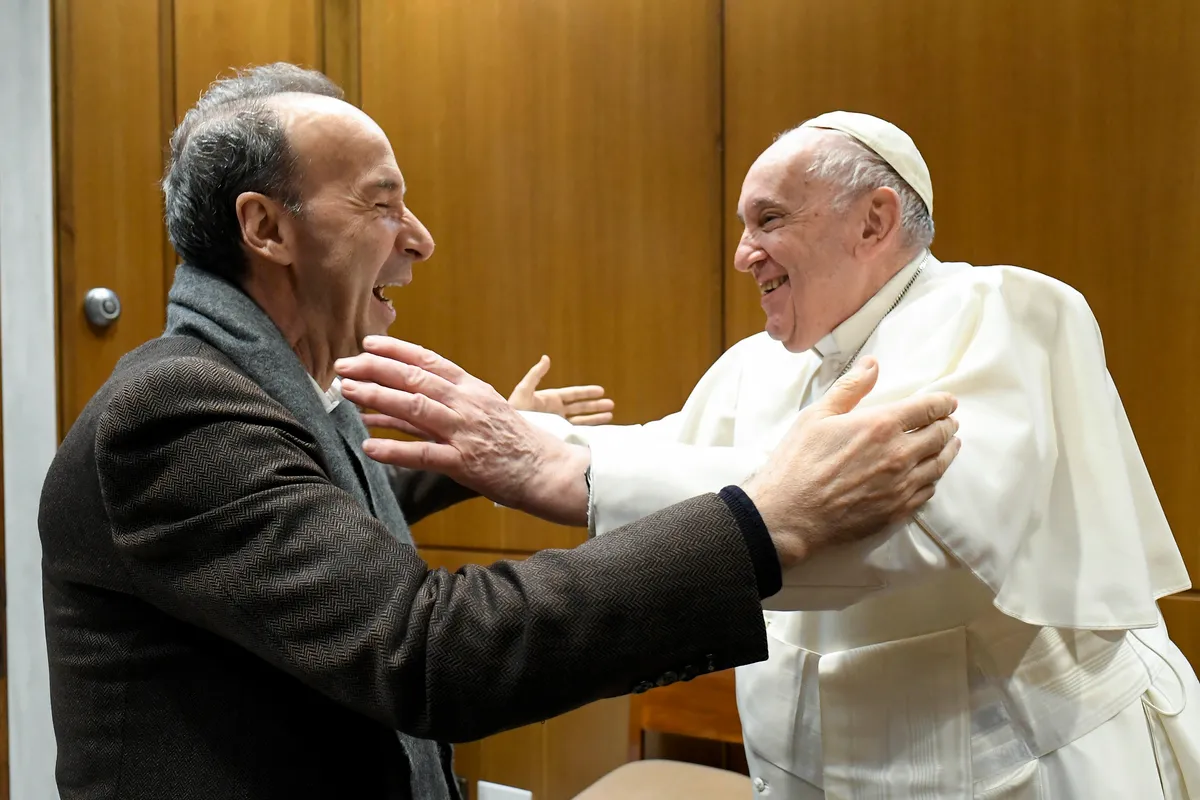
At 8 p.m. on Monday evening, a formal rite was held to certify the Pope’s death and place his body in a coffin in the chapel of his residence. The act was validated by Cardinal Farrell and lasted just under an hour.
Seals were also placed on the papal apartment in the Apostolic Palace and on the second floor of Casa Santa Marta, where he had lived. Matteo Bruni, Director of the Holy See Press Office, later confirmed that Pope Francis’ close collaborators had begun paying their respects. He also noted that funeral arrangements were still pending.
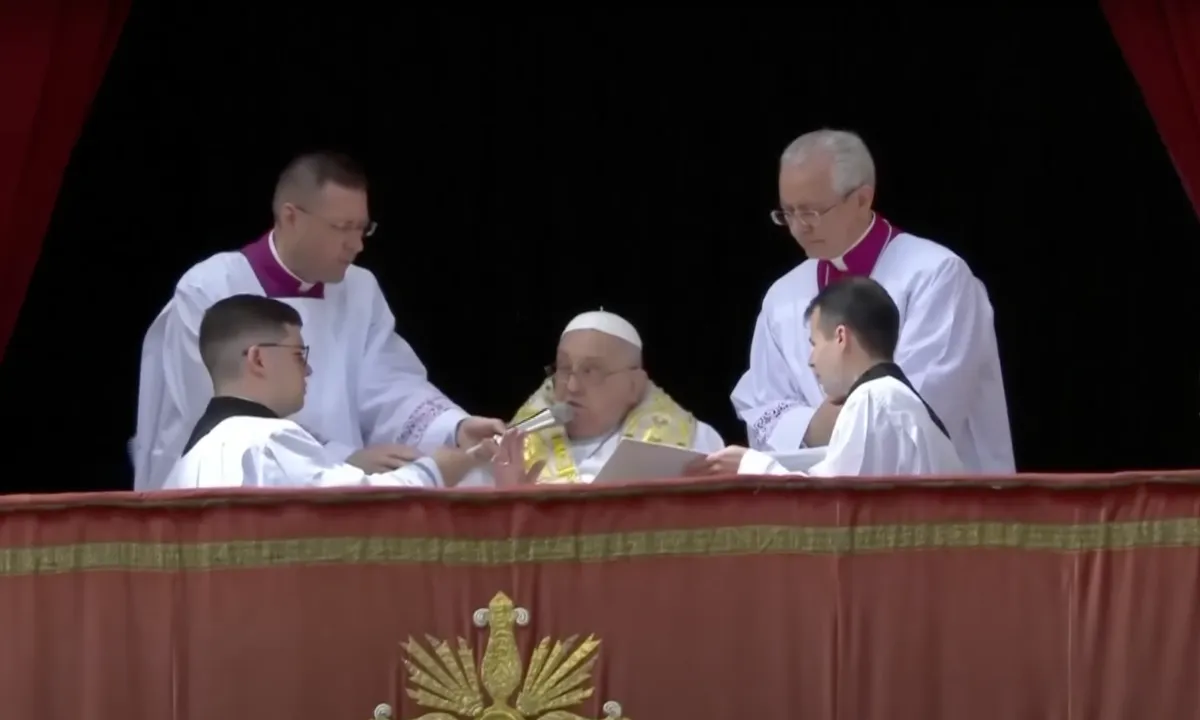
“Oh my God he is now resting,” one netizen commented. Another shared, “Rest in Peace, as you well deserve 🙏,” while a third typed, “Rip Pope 🙏 you will be missed.”
As we previously reported, just one day before his death, Pope Francis made a surprise appearance that now stands as a poignant final moment in public view.
On Easter Sunday, the 88-year-old pontiff — still recovering from a severe bout of pneumonia — blessed thousands who gathered in St. Peter’s Square for the holiday Mass.

Although he delegated the main Easter service to Cardinal Angelo Comastri, the retired archpriest of St. Peter’s Basilica, the Pope made a striking entrance afterward. Emerging onto the central balcony above the basilica’s entrance, he greeted the faithful with a simple yet spirited message.
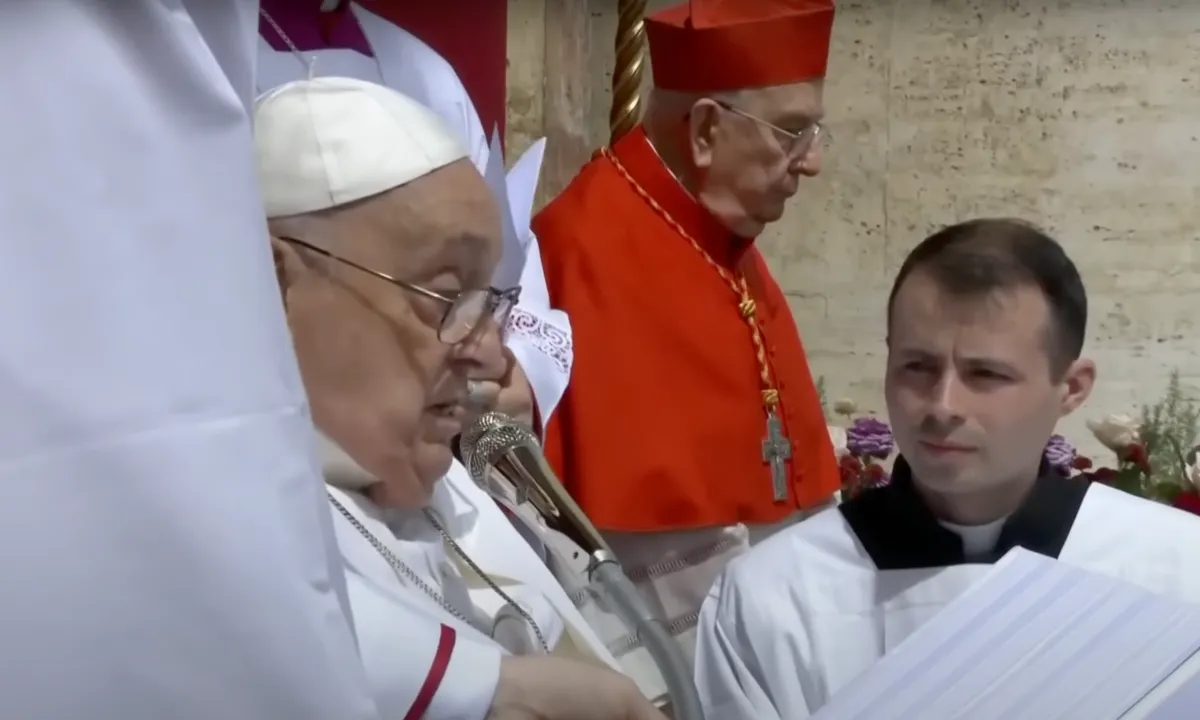
His voice, noticeably stronger than it had been in recent weeks, sparked waves of cheers from the crowd, many of whom chanted “Viva il Papa!” and “Bravo!” in a show of affection.
Images from the day showed the pope in a wheelchair, assisted by aides. He was also captured being pushed onto the Basilica balcony, offering a gentle wave to the cheering crowd below.
In another solemn moment, he was surrounded by four attendants, one holding his microphone steady as the Pope addressed the faithful. His appearance came as a shock to many, given his fragile health and recent hospitalizations. However, despite this, Pope Francis delivered a moving message of peace and hope.
